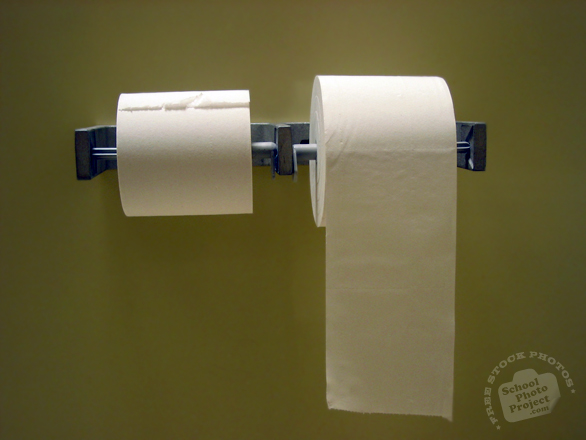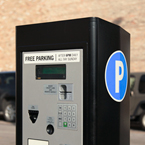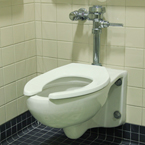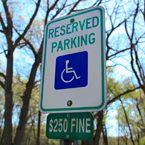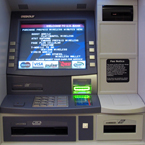Toilet Paper
Toilet paper is a soft paper product
(tissue paper) used to maintain personal hygiene
after human defecation or urination. However, it
can also be used for other purposes such as blowing
one's nose when one has a cold or absorbing common
spills around the house, although paper towels are
more used for the latter. It differs in composition
somewhat from facial tissue: most modern toilet
paper in the developed world is designed to decompose
in septic tanks, whereas some other bathroom and
facial tissues are not. Most septic tank manufacturers
advise against using paper products that are non-septic
tank safe. Different names, euphemisms and slang
terms are used for toilet paper in countries around
the world, including "bum wad", "loo
roll/paper," "bog roll," "toilet
roll," "dunny roll/paper," "bathroom/toilet
tissue," "4 inch" "TP,"
or just "tissue." Toilet paper can be
one-, two- or three-ply, or even thicker, meaning
that it is either a single sheet or two, three sheets
placed back-to-back to make it thicker, softer,
stronger and more absorbent. Color, scents, and
embossing may also be added, but fragrances sometimes
cause problems for consumers who are allergic to
perfumes. The biggest difference between toilet
papers is the distinction between virgin paper products,
which are formed directly from chipped wood, and
those made from recycled paper. Most toilet paper,
however, whether virgin or recycled, is wrapped
around cardboard cylinders.
(Source: Wikipedia.org)
|


